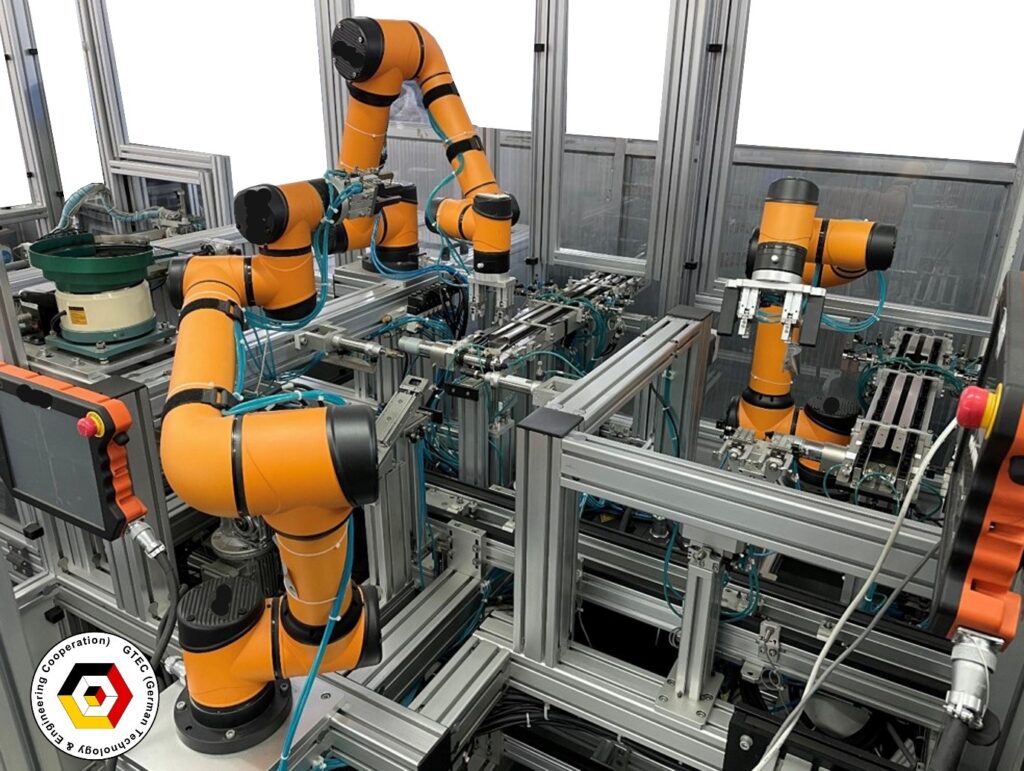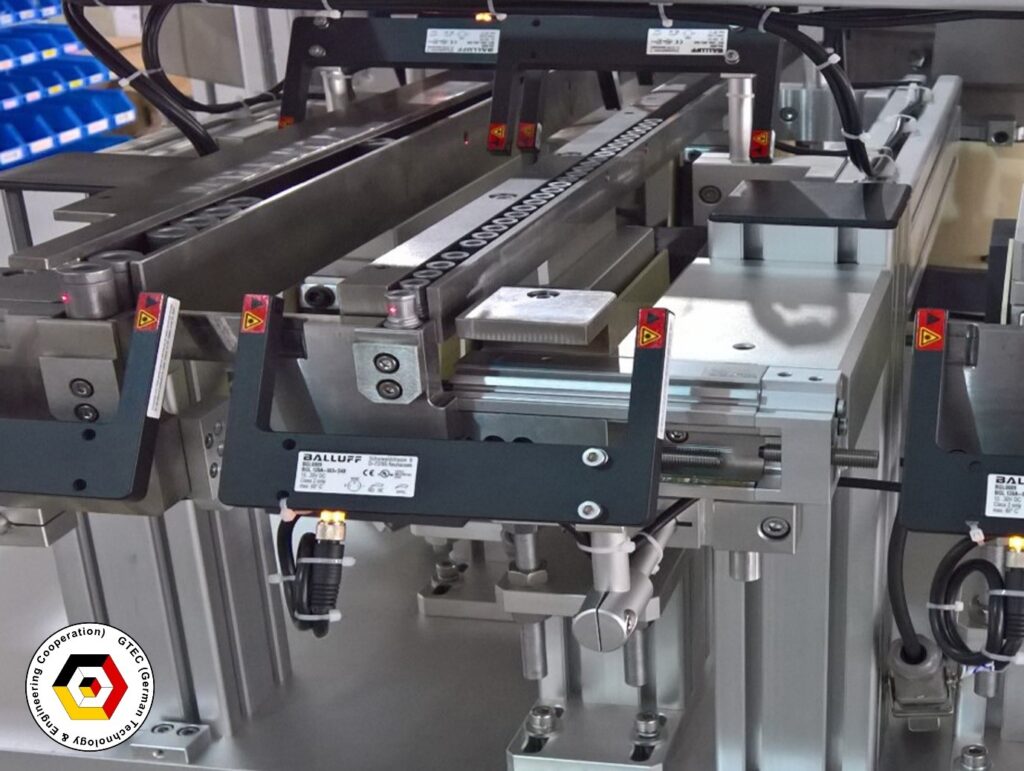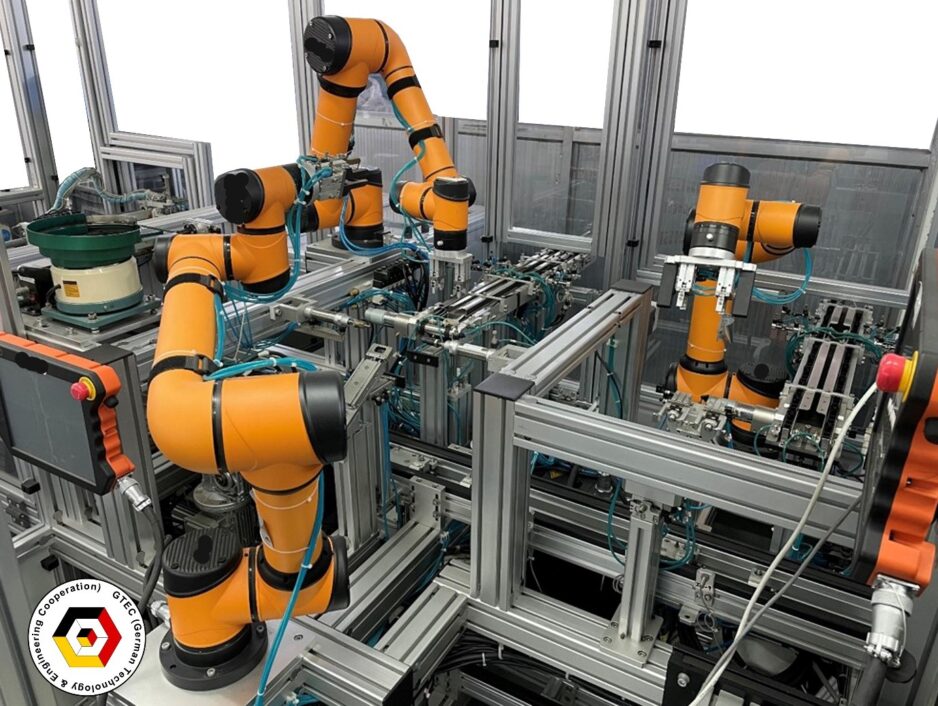
Why do you need a robot?
In the automotive industry, suppliers are driven mostly by their customers` requirements:
- better product quality
- constant high product quality
- 0 defects out of box and in fields.
As costs increase, for profit growth and cost reduction activities, suppliers use automation for following reasons:
- higher production rates and increased productivity,
- more efficient use of materials,
- improved safety (and less accidents, led to healthy workers),
- shorter workweeks for labour (and less overtime payment),
- and reduced factory lead times (throughput time, less buffer stocks)
Higher output and increased productivity have been two of the biggest reasons in justifying the use of automation. Also, increased process control makes more efficient use of materials, resulting in less scrap.
Another benefit of automation is the reduction in the number of hours worked on average per week by factory workers. About 1900 the average workweek was approximately 70 hours. This has gradually been reduced to a standard workweek in the China of about 40 hours.

Especially in China/Asia, to install an automation system and displace workers, in almost all cases the worker whose job has been taken over by a machine undergoes a period of emotional stress. The General Manager need to make sure these people will not lose face to their colleagues and families. Therefore, intensive communication and change management in advance is needed.
To avoid a disaster and laughter, purchasing department plays an important role to achieve company´s target setting of KPIs. If successful installation of automation system fails, damages and consequences are huge in finance, quality, reputation, customer satisfaction and ratings, motivation of staff.
Benchmarks give us a simple, clear indication of whether a technology or solution is suitable for our needs. But are benchmarks really clear and simple? There has long been a lack of benchmarks in many areas of robotics. Task-based benchmarks are even more uncommon and the only benchmark to get best results for your specific purpose.
The idea is that your specific objects are incorporated into several benchmarking tasks and a robot’s performance is measured depending on which tasks it can successfully complete.
Different areas of robotics will have different benchmarking needs. It’s important to clarify that I’m talking about robotic manipulators, including collaborative robots.
There are a few ways to measure the performance of a robotic manipulator, two of which are:
- Manipulator Performance Metrics: These are well integrated into robotics. They measure the objective performance of a robot manipulator using metrics like: accuracy, repeatability, payload capacity, etc. Standards define the protocols for how these should be measured, such as the ISO Standard for Industrial Manipulators (ISO 9283).
- Task-based Benchmarks: These are the type of benchmark which are largely missing in robotics. They define tasks which demonstrate the robot’s capability in specific skills. For example, assembling a particular product.
This benchmark give you a more realistic picture of how the robot actually performs. Performance metrics like accuracy and repeatability are vital; however, they don’t answer questions like: “Will this robot be able to assemble my product?”
In order to make a comparable benchmark to accurately compare results., we would have to define
- A test procedure, test methods and metrics,
- Collaborative task decompositions,
- Protocols for robot-robot and human-robot collaboration,
- Tests of the robot’s situational awareness,
- as well as dimensions, tolerances and materials.
With so few people using standard benchmarks of universities, the benchmarks never reach the “critical mass” required for the benchmarks to become de-facto standards.
As robotics research labs have developed their own, internal, benchmarks for years, GTEC as consulting and manufacturing company can do the same, selecting tasks in their process as benchmarks for the robot performance. Purchasing staff will define a specification and will ask us for the key performance data.

As your industry in China and Asia likes to go more and more into automation and robotics, we would be delighted to serve you as our customer to fulfill your missions and KPIs. Please write an email to contact@gtec.asia with subject “automation”, if you need technical and commercial advice or service in R&D, purchasing, benchmarking, installation, ramp up and effective series production.
Best regards
Karlheinz Zuerl

